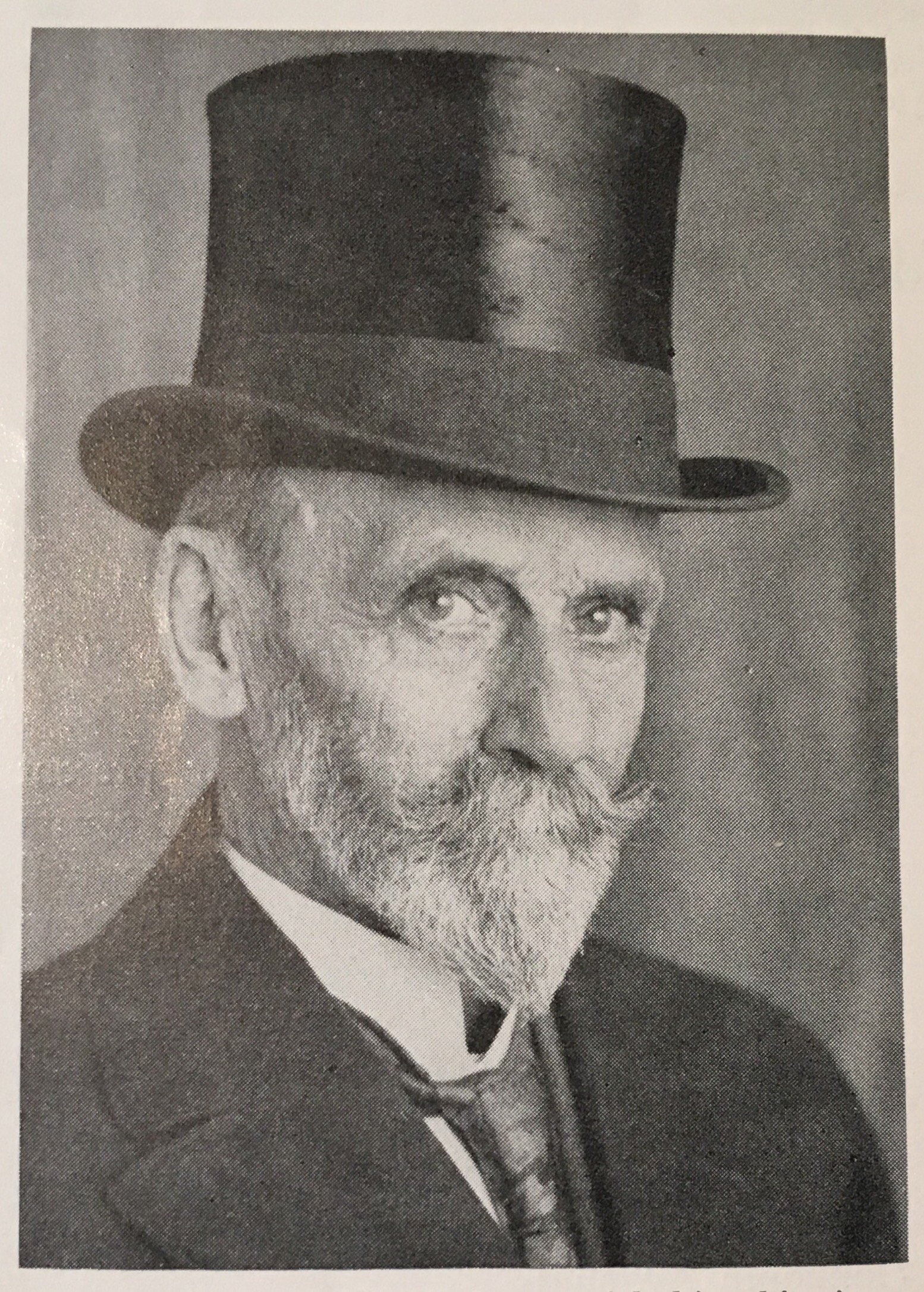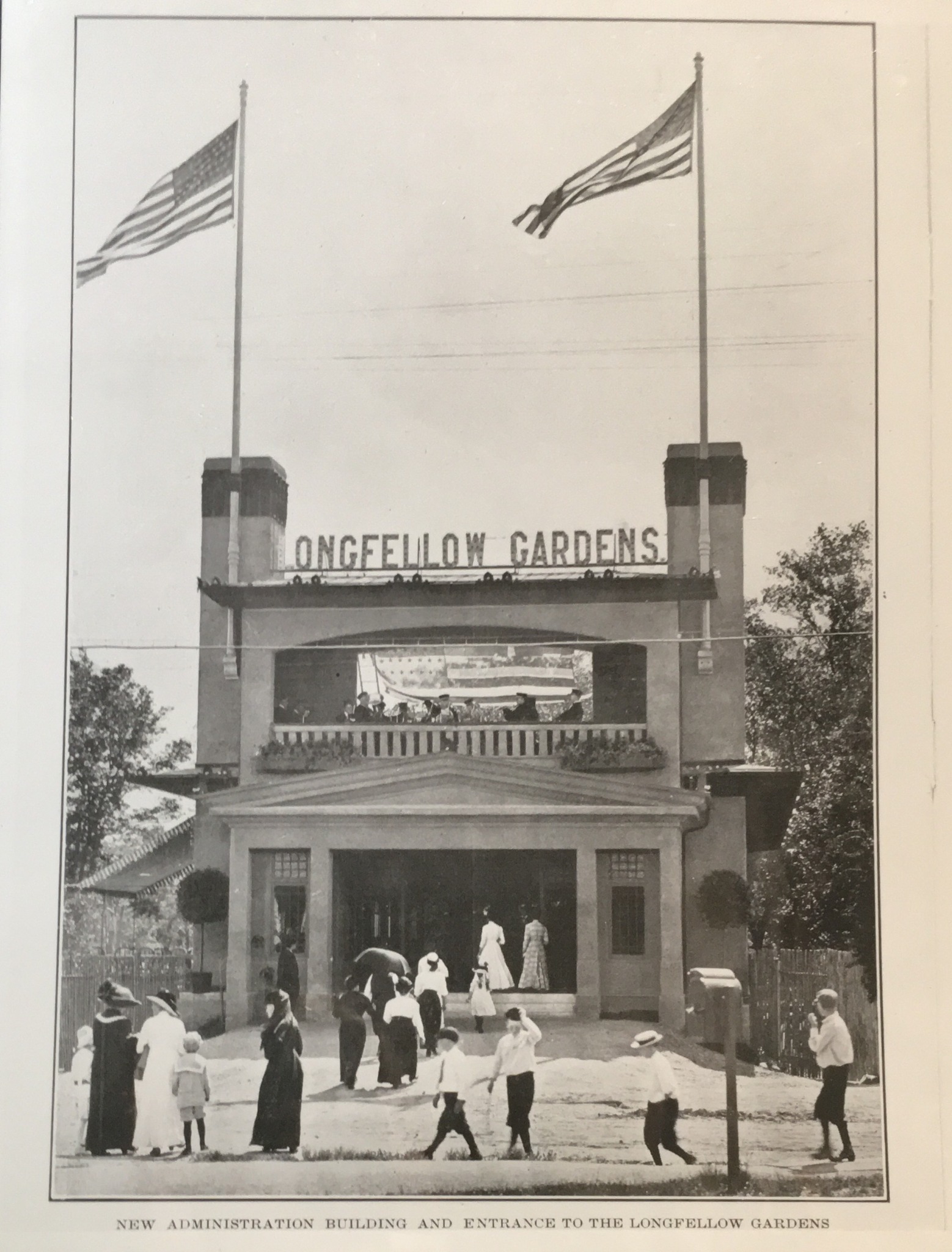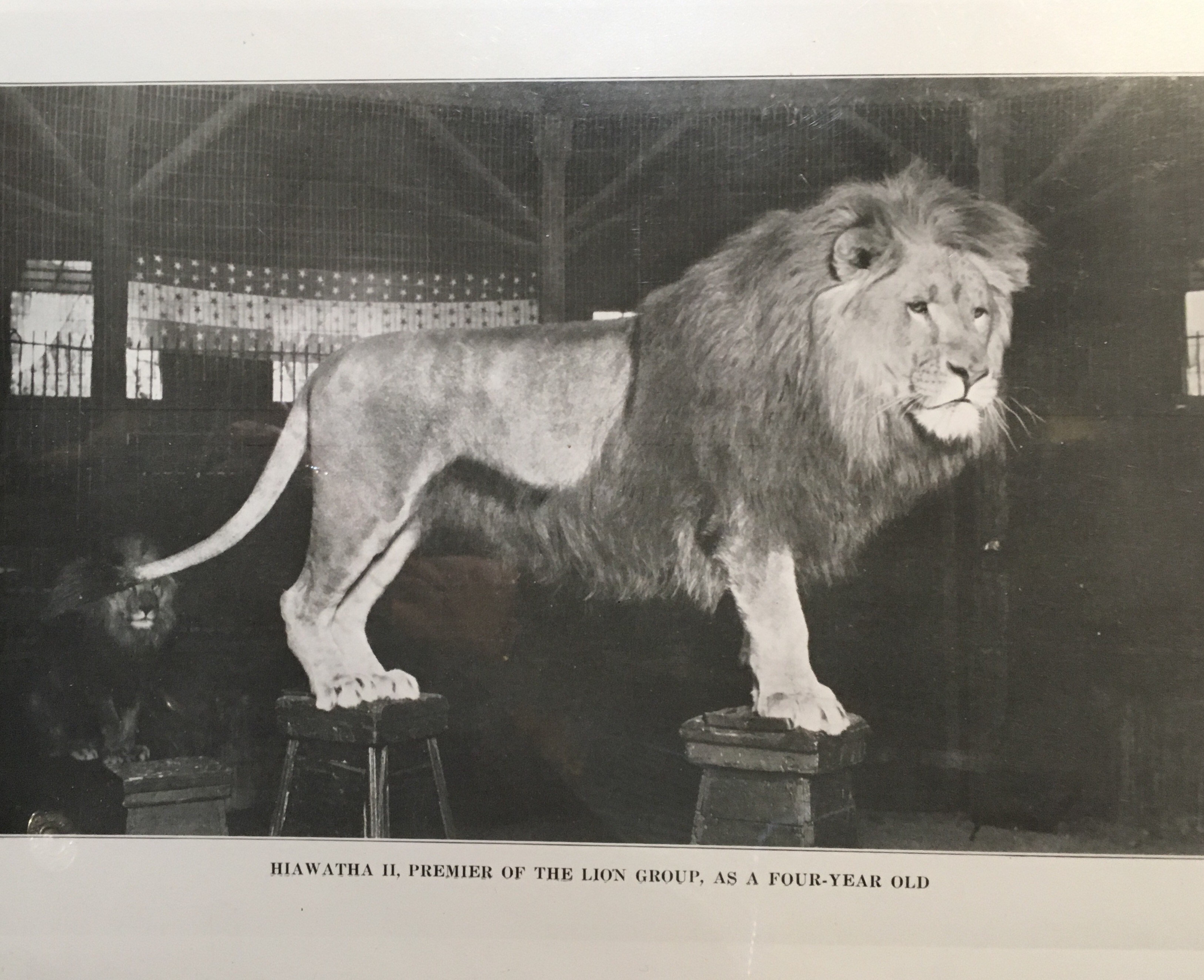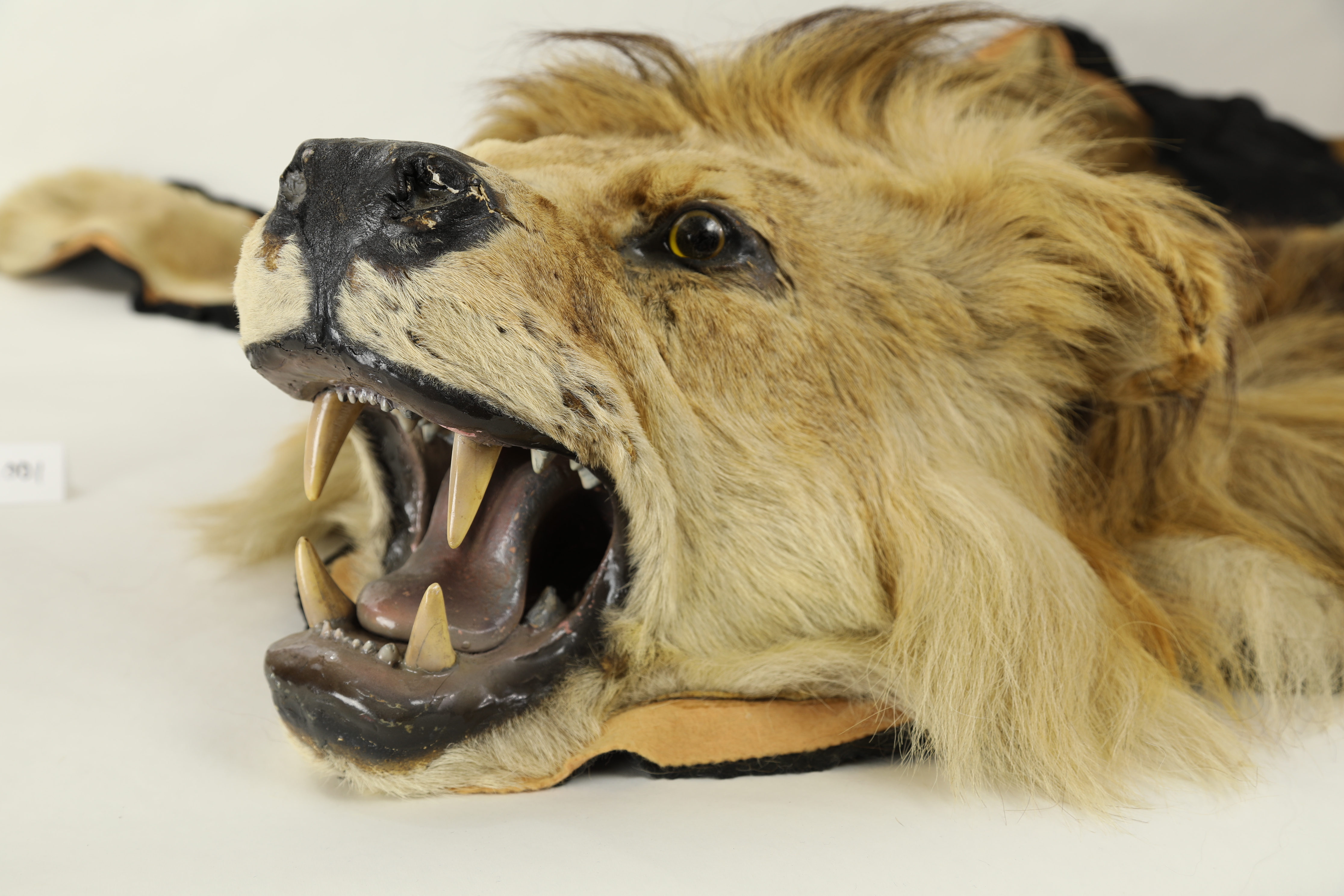March 13, 2017
 Robert “Fish” Jones, with his signature beard and moustache
Robert “Fish” Jones, with his signature beard and moustache
In 1876, a man named Robert Jones moved from New York to look for opportunities out west, and settled in Minneapolis. Missing the fresh fish so easily found on the east coast, he established his own fish market. To his chagrin, he soon gained the moniker “Fish” Jones.
Jones was an eccentric man, who wore a silk top hat, a Prince Albert suit, high heeled shoes that masked his short stature, and sported a pointed beard with a curled mustache. The name “Fish” rather suited him, as it was his lifelong love of animals of all kinds which led him to create Longfellow Gardens, the largest collection of exotic animals in the United States at the time. The gardens hosted a wide variety of animals; cats, bears, wolves, camels, elephants, monkeys, antelopes, porcupines, storks, cranes, flamingoes, falcons, peacocks, ostriches, parrots, and owls, to name a few.

The entrance to Longfellow Gardens
Fish Jones greatly admired the works of Henry Wadsworth Longfellow, erecting a statue on the grounds of the writer, modeling his home after Longfellow’s own, and even taking names for quite a few of his animals from “The Song of Hiawatha.” Notably, the names included several of his sea lions; Minnehaha, Hiawatha, Paupukeewis, Mudgekeewis, and Nokomis.

Fish Jones giving his bears, Teddy and Alice, their first tango lesson.
Though generally Fish seemed to have no issues allowing many of his animals roam free through the Longfellow Gardens, the sea lions once made an escape over Minnehaha Falls. This would have greatly saddened Fish, who, after receiving criticism for keeping a camel in Minnesota in the cold winters, responded by getting the camel some pantaloons and a coat to keep it warm. He would not have his camels freeze!
From early in his life, Jones was instructed by his father that animals had feelings just like humans do. The youngest of eleven children, Fish turned to animals for comfort and closeness.

Hiawatha the Lion, Fish Jones’ beloved pet lion, at 4 years old.
Today’s object is not an object at all but a former beloved pet of Fish Jones named Hiawatha the Lion. Named Hiawatha II, possibly proceeding the sea lion, Hiawatha I, Hiawatha II was the “premier lion” of Longfellow Gardens, and so treasured by Fish that when the lion passed away in the late 1920s, Fish took him to a taxidermist so he could preserve him.
Hiawatha the Lion today, at approximately 110 years old.
Jones’ practice with his animals was to spend time with each of them every day, treat them with kindness, and earn their trust with his own. Though he spoke of many of his animals fondly, Hiawatha the Lion and Fish Jones had a truly special bond. Today the only traces that remain of Longfellow Gardens are Fish Jones’ former home and the Longfellow statue, photographs and articles, and of course, Hiawatha the beloved Lion.
Written by HHM intern Caitlin Crowley. Caitlin is a current Augsburg student where she is majoring in history with a Medieval History minor. She comes to HHM through the Minnesota Historical Society’s ACTC extern program.
Sources
Gwinn, Sherman, “Jones Catches ‘Em Young But He Doesn’t Treat ‘Em Rough.” November 1925.
“Lost Twin Cities 4.” TPT Documentaries. Web.
Robert “Fish” Jones Announcements Folder, HHM
Robert “Fish” Jones Brochures Folder HMM
“The Story of Longfellow Gardens,” a booklet edited and published by Fish Jones in 1911.
Zalusky, Joseph W. “He Was a Colorful Figure: Robert “Fish” Jones.”

